|
The queen ant of a newly established colony lays eggs continuously which
exclusively hatch into larvae destined to develop into worker ants. Why
can worker ants be produced exclusively even though that ant society is,
in principle, composed of three castes, consisting of males, females,
and workers?
Are queen ants able to intentionally lay eggs that are destined to become
worker ants?
|
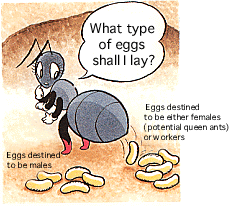 |
|
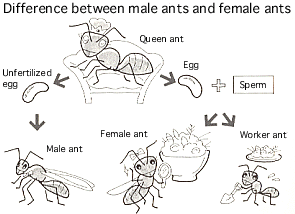 |
|
After mating, a young queen becomes an egg-laying specialist. During
the marriage flight, the male partner transfers to the seminal receptacle
of the queen all the sperm cells that she will have for the rest of her
life. At the time of egg-laying, the queen may or may not fertilize eggs
at will by using or not using, respectively, the sperm cells provided
by this mating partner and retained in the receptacle.
An unfertilized egg is destined to develop into a male ant, and a fertilized
egg, if undernourished after it hatches into a larva, a worker ant.
In this way, the queen ant can intentionally lay eggs destined to develop
into a specific caste.
|
|
Ant kingdoms established only by workers
Ants of the Pristomyrmex pungens species do not construct a nest. Strangely,
only worker ants of this species set up a kingdom without a queen or a
male ant.
In the ants of the Pristomyrmex pungens species, it is the worker ants
that lay eggs without mating. Those worker ants do not have sperm cells.
Therefore, their eggs should develop exclusively into male ants, but,
for some reason or other, only worker ants (female ants) develop from
their eggs. The reason for this remains a complete mystery.
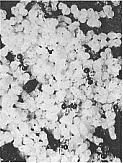 In ants
of the Pristomyrmex pungens species, worker ants lay eggs. In ants
of the Pristomyrmex pungens species, worker ants lay eggs.
|
![]()
![]()
![]()
![]() Ant
kingdom
Ant
kingdom![]() Structures
of ants
Structures
of ants![]() Winged
ants
Winged
ants![]() Marriage
flight
Marriage
flight![]() Ant
Kingdom from a queen
Ant
Kingdom from a queen![]() Egg-laying
by a queen
Egg-laying
by a queen![]() Ants
are strong
Ants
are strong![]() Procession
of ants
Procession
of ants![]() Ants
like sweets
Ants
like sweets![]() Ants
raising insects
Ants
raising insects![]() Slave-making
ants
Slave-making
ants![]() A
fight of ants
A
fight of ants![]() Ant
lion
Ant
lion![]() Hibernation
of ants
Hibernation
of ants![]() How
to raise ants
How
to raise ants![]() Contents
Contents![]() index
index

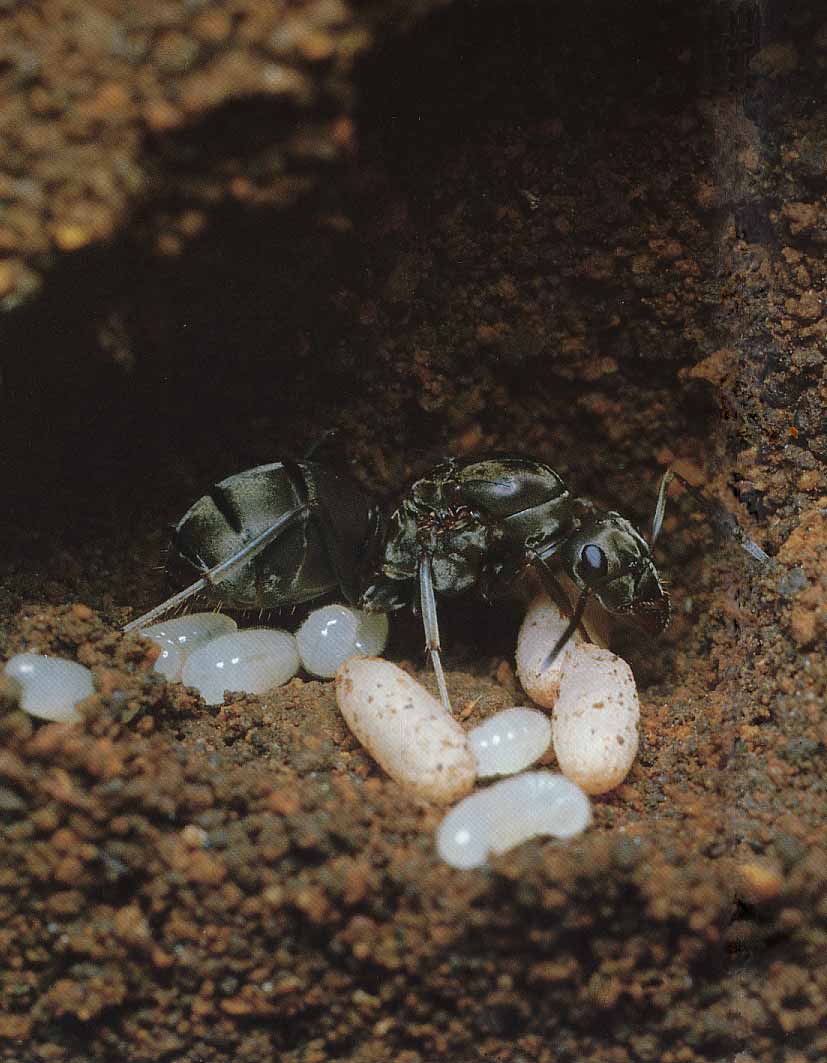

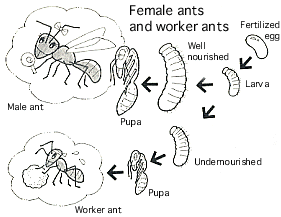
 In ants
of the Pristomyrmex pungens species, worker ants lay eggs.
In ants
of the Pristomyrmex pungens species, worker ants lay eggs.